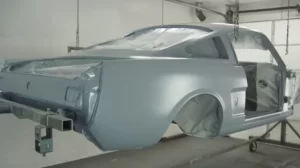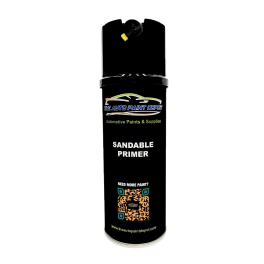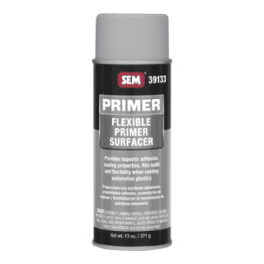Edit Content

Services
Auto Body Supplies
Specialty Paints
Helpful Links

Services
Auto Body Supplies
Specialty Paints
Helpful Links

What is Primer?
Primer is a paint-like substance used as an undercoat for the topcoat layer of paint. It is chemically formulated to allow for the topcoat layer to adhere to the vehicle more effectively. Primer essentially prepares the car for painting. In doing so, primer prevents the topcoat layer from peeling or flaking off over time. Along with providing adhesion, primer also helps with rust prevention, filling of imperfections, sanding ease, hold out of color, and increased drying speed.
Primer is a vital component to the longevity and general success of your project. It can be used after sanding the surface, but before applying the topcoat. We are here for you at the Auto Paint Depot for all your priming needs. Our website offers a wide variety of selections when it comes to primers. After reading about the different types of primers, consider which type best fits your project. If you have any questions regarding primers, please feel free to contact us today at (631) 392-1080!
Types of Primer:
How to Use Primer
Before starting the painting process, clean your car using specifically formulated car wash soaps and grease removers. This will make sure that any excess debris is cleared off from the car before painting. First things first, you must prepare the surface for priming. Use tarps or paper and masking tape to cover all areas of the car you are not painting. Applying masking tape is similar to using it for moldings.
Next, begin sanding the area that will be primed. For rougher areas use a heavier grit and for smaller areas lower grit will suffice. If you encounter any imperfections such as holes or dips, use filler (putty) to fix the issue. Some primers have the ability to act as a filler, be sure to read the labeling closely. If your primer does have the filling capability, sand over the surface once again after using putty.
Be sure to sand all the way down to the bare metal by getting rid of any rust formation. Make certain the surface is smooth and free of rust after sanding thoroughly. Let the car dry for a couple hours before applying the primer. Drying times vary based on weather conditions. Allotting time for proper drying improves the effectiveness of the primer’s adhesion.
If you are painting a large portion of the car, we recommend using a spray gun. When applying the primer, be sure to accurately apply it evenly across the desired surface. Even application prevents build-up and excess paint from bubbling over. Allow the primer to dry after beginning the next two coats. After the primer is dry, use fine-grit sandpaper to smooth out any mounds or dips that have occurred as a result of the primer. Fine-grit sandpaper will not remove the primer that was just applied. Now your project is ready for the basecoat layer.
Additional Materials Needed for Priming
Final Thoughts
As you can see, the use of primer does not go unnoticed. Its benefits are too much to pass up when painting your car. Be sure to determine what type of primer your project needs. Selecting the best primer for your project will contribute to the end result having increased durability. Take a look at the primers we offer on our website. We are proud to supply a wide range of primers to fit any job. Good luck with your project!
https://theautopaintdepot.com/?s=primer&post_type=product&dgwt_wcas=1
:max_bytes(150000):strip_icc()/car-painting-476836625-5b0c04108e1b6e003e3d0ee5.jpg)



CALIFORNIA PROPOSITION 65 WARNING: CANCER AND REPRODUCTIVE HARM
©2024 THE AUTO PAINT DEPOT, ALL RIGHTS RESERVED. | THEME & DESIGN BY: APPLE ORANGE MARKETING